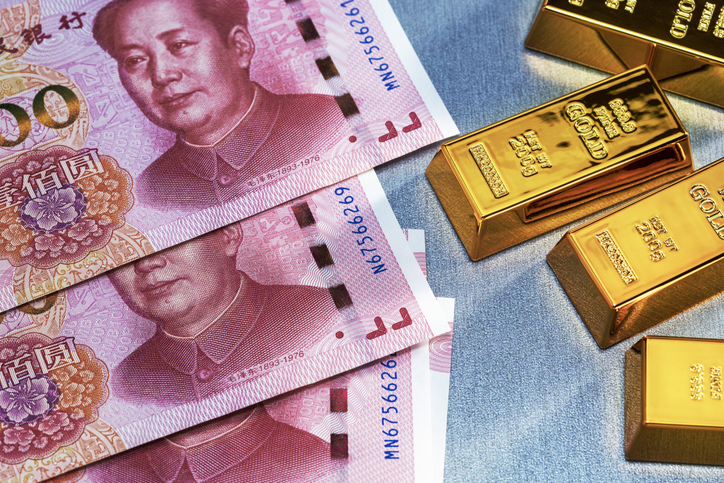Gold’s Singular Role
The comments below are an edited and abridged synopsis of an article by Kelsey Williams
When it comes to analyzing gold and gold prices, there is no limit to the explanations of cause and effect. The number of things presumed to be fundamental, or which are correlated to gold, has grown exponentially as gold receives more attention in the media and from the public.
The confusion that exists regarding gold and gold prices is exacerbated by the contradictions and conflicting arguments of almost all concerned parties. This includes investors, traders, analysts, brokers, bankers, etc.
Rather than a desire to understand gold and its singular role, most are interested in gold only when its price is going up. They buy it and then look for reasons to justify their expectations of even higher prices.
They do look for explanations as to why the price goes down, of course; especially when that happens after they have taken a position on the long side. By then, it is usually too late.
Up for discussion: Gold’s singular role; what gold is not; the value of gold; and why does the gold price change.
Summary: Gold’s singular role is its use as money. Gold is real money because it carries the qualifying characteristics of money, including that of a store of value.
The value of gold is directly attributable to its use as money. Gold’s value is constant and unchanging. The higher price of gold over time is a reflection of the loss in purchasing power of the US dollar.
Gold’s value is not determined by world events, political turmoil, or industrial demand. Gold is not correlated to interest rates or anything else. Gold is not a hedge or a safe haven; nor is it an investment.
Gold is real money and nothing else.


